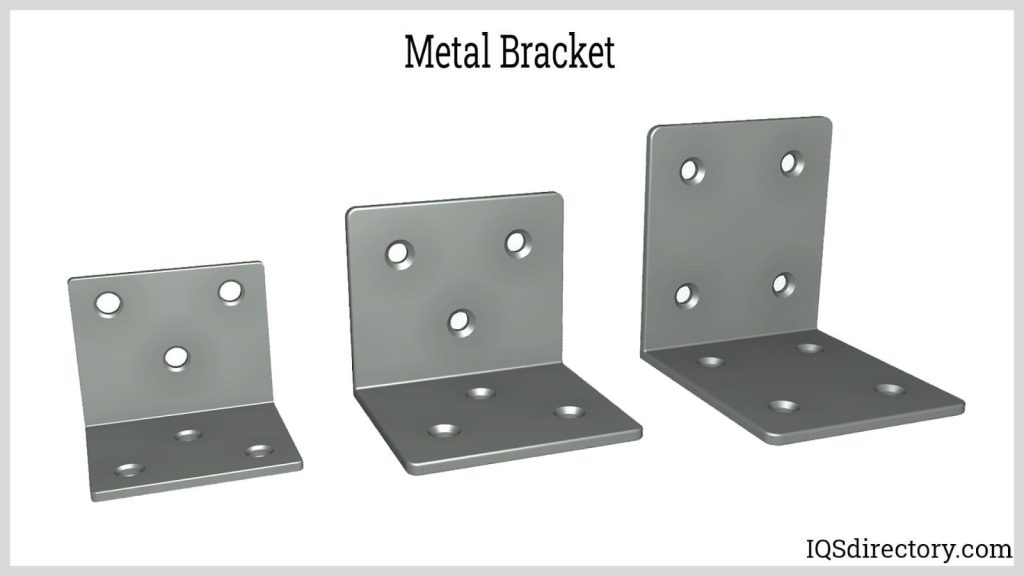
The function of a bracket is to provide support, stability, and reinforcement for various objects, components, or structures. Brackets come in different shapes, sizes, and materials to serve specific purposes in a wide range of applications. Here are some common functions of brackets:
Support:
Brackets are used to support objects or components that need to be attached to a wall, ceiling, or other surfaces. This can include shelves, cabinets, countertops, signage, lighting fixtures, and more. Brackets provide a secure attachment point and help bear the weight of the supported object.
Connection:
Brackets are used to connect or join two or more components together. They provide a reliable and sturdy connection, ensuring that the connected parts remain in place. For example, angle brackets are commonly used in construction to connect beams, trusses, or other structural elements.
Reinforcement:
Brackets are employed to reinforce weak points or add strength to structures or joints. They help distribute loads and forces more evenly, preventing components from bending, sagging, or failing. Reinforcing brackets are often used in applications such as furniture assembly, door frames, or corner joints.
Alignment:
Brackets assist in aligning and positioning components during assembly or installation. They help maintain precise angles, distances, or orientations, ensuring proper alignment and functionality. Brackets in applications like furniture assembly or metal fabrication aid in aligning and connecting parts accurately.
Safety and Security:
Brackets can enhance safety and security by providing stability and preventing accidental dislodging or movement of objects. They can be used to secure items such as safety rails, handrails, barriers, or equipment mounts, ensuring they remain in place and withstand external forces.
Customization:
Brackets can be designed with adjustable or versatile features to accommodate different sizes, angles, or configurations. These adjustable brackets allow for flexibility and customization, making them suitable for applications where specific adjustments are required, such as adjustable shelving or monitor stands.
Aesthetics:
In addition to their functional roles, brackets can contribute to the visual appeal of a space or object. Decorative brackets are designed with intricate patterns, decorative elements, or unique shapes to add an aesthetic touch to architectural structures, furniture, or decorative pieces.
The specific function of a bracket depends on its design, intended application, and the needs of the project. It’s important to select the right type and size of bracket based on the load requirements, compatibility with the materials being connected, and any specific features necessary for the desired function.